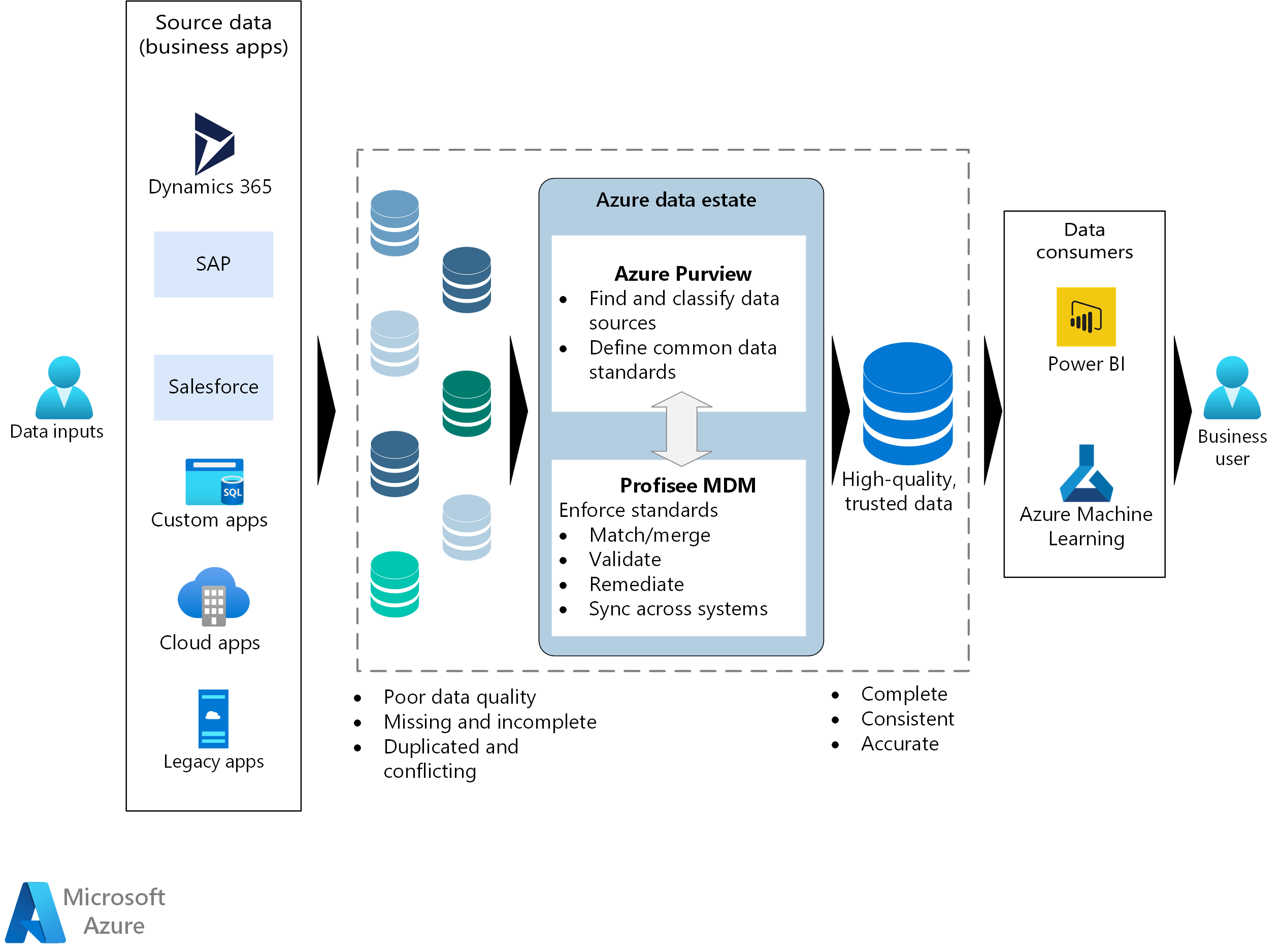by Danish Ali Detho | O365 & Power Platform Solution Architect
When we talk about the biggest annual tech conferences of the year, Microsoft Ignite comes to mind where not only we get a view of all their product road maps but it is also jam packed with some great features for every product and this year was no different. This year at Microsoft Ignite, More than 90 new services and updates were introduced including some great new features for each component of Microsoft Power Platform boosting productivity and bringing innovation to low-code app development and automation for citizen developers, business analysts, IT admins, and professional developers. This blog is the first in the series of blogs covering the most interesting features introduced for each Power Platform component in Ms Ignite starting off with Power BI.
Bringing Power BI into Microsoft Teams
MS Teams has become one of the most widely used products for collaboration and its about time when MS has brought Power BI into the MS Teams ecosystem. Now, MS Teams users can easily find Power BI reports and use them with in Microsoft Teams, and bring data and insights into their chats, meetings, calendar invites, and of course teams. By making data more accessible, organizations can make it easier than ever to bring teams together, have insights-based discussions at the point of collaboration, and make better decisions faster. Below are some of the benefits of Power BI integration into Ms Teams.
-
Share documents and insights using Power BI in Teams.
-
Easily find data via the dataset tab, where the entire accessible dataset is listed and searchable.
-
Access details about the dataset and the origin of the data using the lineage view.
-
Investigate without even leaving Teams.

Organisations can take goal-driven approach with Power BI goals
Power BI goals allows organizations to work even more effectively towards clear and measurable objectives. Power BI goals enable your organization to drive accountability and track progress toward key outcomes by seamlessly connecting to data in Power BI. It consists of some great new visuals including a new scorecard visual that can be added to reports. You can also set up goal level permissions, integrate your goal with Power Automate, and key experience updates like the ability to move goals within your scorecard and showing or hiding columns.

Lightning fast performance with Hybrid tables
Hybrid tables will significantly improve the performance by dynamically combining in-memory caches of historical data with real-time data queried in DirectQuery mode. This means that now data changes in the data warehouse can be reflected in report visuals without refreshing the dataset while providing blazing fast performance over billions of rows of data. When combined with the automatic page refresh feature in Power BI, hybrid tables unlock massive datasets for interactive analysis and provide an unmatched solution for real-time requirements.

Improved Data Governance using Azure Purview integration
Power BI has partnered with the newly released Azure Purview to provide enhanced governance and cataloguing capabilities for their customers. The integration of Azure Purview and Power BI allow users to discover and govern all their hybrid data and thereby gain a more complete understanding of your data. Power BI in Azure Purview provides some great capabilities including enumeration of Power BI assets, tracking end-to-end data lineage (such as sub-artefact lineage for datasets), data-source impact analysis, assign glossary terms to Power BI content, find trustworthy data with endorsed artefacts, and ensure your data is protected across your data estate by seeing which data was applied with sensitivity labels across the data journey.
AxioWorks SQList continuously export SharePoint lists and libraries as normalised SQL Server tables, making live SharePoint data available to reporting tools like Power BI, Crystal Reports, or SSRS.

Small businesses can now enjoy Power BI Premium
Previously, Power BI premium was only available at a fixed monthly cost of $5,000, which made it less adaptable for small businesses but Microsoft announced in MS Ignite that the premium version of Power BI aka Power BI Premium Gen 2 will now also become generally available on a per user model for only $20 per user per month. This will definitely increase wider adaptation of Power BI premium among smaller businesses. Power BI Premium offers greater scale for any analytics project and unlocks access to all features of Power BI including advanced AI and pixel perfect paginated reporting capabilities, provide free distribution and even licensing for on-premise usage. Below is a quick snapshot of what Power BI Premium has to offer for both Power BI per user and per capacity licensing.

Bringing the goodness of Power BI data models into Excel
Our old friend Excel has just got the power it needed with the Power BI integration which will allow Power BI users to bring their data models into Excel. Data tables in the Power BI dataset will be available in Excel’s data type gallery. Excel users can link individual cells to a row in a Power BI dataset through search experiences by selecting a specific data type or searching across data types published from certified datasets. This will allow organizations to make the corporate data available to Excel users, which will subsequently help in data-based decision-making.